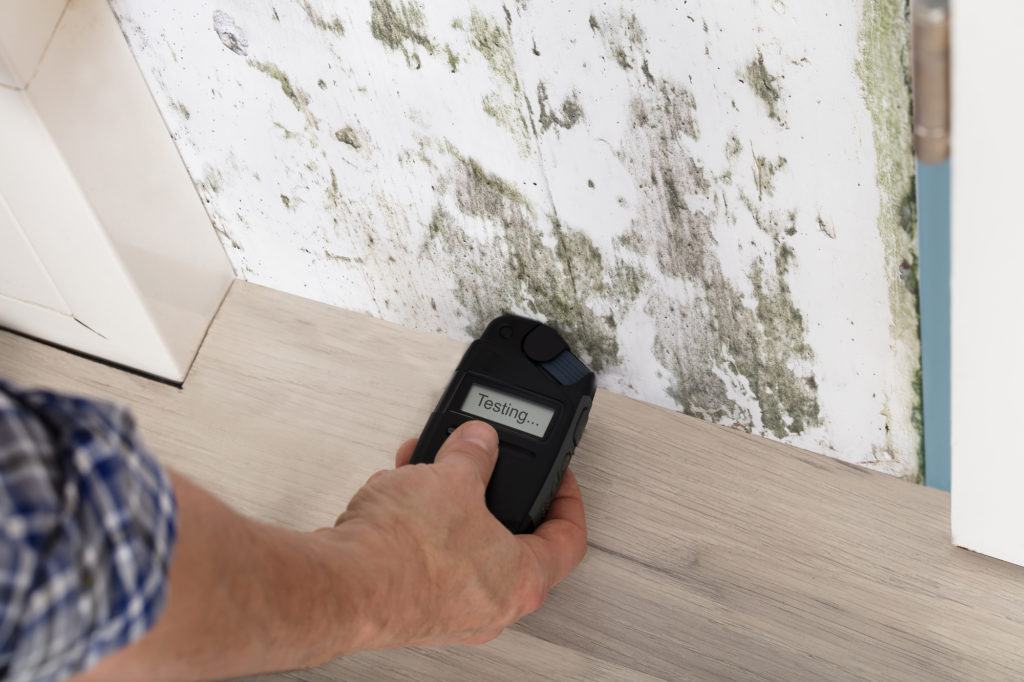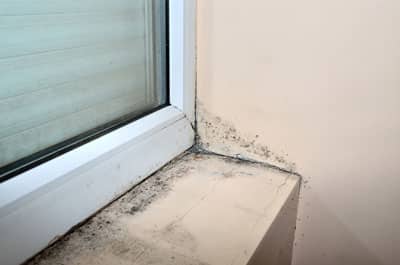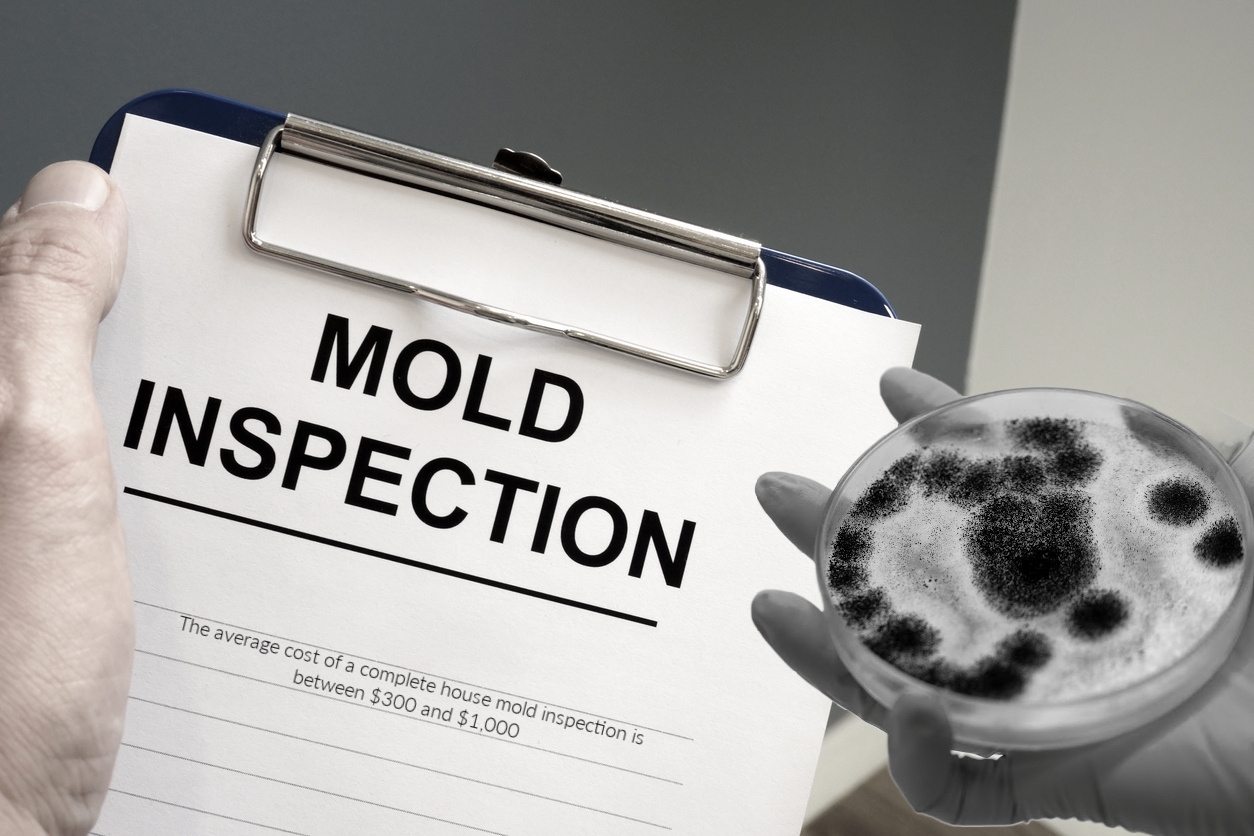Your Ultimate Overview to Post Mold And Mildew Remediation Methods
In the results of mold invasion, knowing exactly how to effectively remove the mold and mildew and avoid its reoccurrence is extremely important for preserving a healthy and balanced interior environment. From picking the ideal cleaning and sanitizing approaches to executing approaches for long-term mold avoidance, each step in the remediation trip plays a critical role in making certain a successful outcome.
Comprehending Post-Mold Removal Refine
After finishing the mold and mildew remediation process, it is vital to comprehend the post-mold remediation techniques that are necessary to ensure a extensive and reliable cleanup. Once the mold has actually been eliminated, the next step involves cleaning and sanitizing the impacted areas to avoid any type of regrowth of mold and mildew. This includes using specialized cleansing representatives to wipe down surface areas and eliminate any type of staying mold spores. It is important to dry out the area completely to prevent the growth of mold in the future (Post Mold Remediation Report). Appropriate ventilation and dehumidification can aid in this procedure.
In addition, performing a last examination post-remediation is essential to ensure that all mold has been successfully eliminated. If the evaluation exposes any lingering mold, additional removal may be necessary.
Reliable Cleansing and Disinfecting Approaches

Stopping Future Mold And Mildew Growth

Relevance of Appropriate Ventilation
Correct air flow plays an important function in preventing dampness buildup, a vital aspect in mold development within interior settings. Reliable air flow systems help remove excess humidity from the air, lowering the possibilities of mold spores discovering the moisture they require to spread out and germinate. Without ample ventilation, interior spaces can end up being a breeding ground for mold, bring remove mold mildew from wood fence about possible health and wellness threats and structural damages.
By guaranteeing correct air circulation, ventilation systems can additionally help in drying out wet areas quicker after water damage or flooding occurrences, further discouraging mold and mildew growth. Post Mold Remediation Report. In rooms like restrooms, kitchens, attics, and basements where dampness degrees tend to be higher, installing and maintaining effective ventilation systems is vital in protecting against mold infestations

Tracking and Upkeep Tips
Offered the critical role that proper ventilation plays in avoiding mold and mildew development, it is crucial to establish reliable surveillance and maintenance tips to make certain the continued functionality of ventilation systems. Regular examinations of ventilation systems need to be carried out to look for any kind of indications of blockages, leakages, or malfunctions that might restrain proper air movement. Tracking moisture levels within the property is additionally crucial, as high moisture can add to mold development. Setting up a hygrometer can assist track moisture levels and sharp home owners to any type of spikes that might require focus. Additionally, making certain that air filters are consistently cleaned or changed is essential for preserving the performance of the air flow system. Executing a timetable for routine maintenance jobs, such as duct cleansing and heating and cooling system examinations, can help avoid concerns before they rise. By staying positive and alert to the problem of ventilation systems, building proprietors can effectively reduce the threat of mold and mildew regrowth and keep a healthy interior environment.
Conclusion
Finally, post-mold removal methods are vital for guaranteeing a clean and secure environment. Recognizing the procedure, executing effective cleansing and sanitizing methods, protecting against future mold and mildew growth, keeping appropriate ventilation, and normal tracking are all crucial actions in the remediation procedure. By complying with these guidelines, you can efficiently get rid of mold and mildew and avoid its return, functioning or promoting a healthy and balanced living area for all occupants.
In the after-effects of mold invasion, knowing just how to efficiently eradicate the mold and mildew and prevent its reoccurrence is vital for maintaining a healthy indoor atmosphere. Once the mold has actually been eliminated, the following step includes cleansing and sanitizing the influenced areas to stop any regrowth of mold and mildew - Post Remediation Inspection near me. After getting rid of noticeable mold and mildew growth, it is essential to clean all surface areas in the afflicted area to get rid of any kind of continuing to be mold and mildew spores. To further improve mold and mildew avoidance measures, it is necessary to resolve underlying issues that at first led to mold growth.Provided the essential role that proper ventilation plays in stopping mold and mildew development, it is important to develop efficient surveillance and upkeep pointers to ensure the continued functionality of ventilation systems